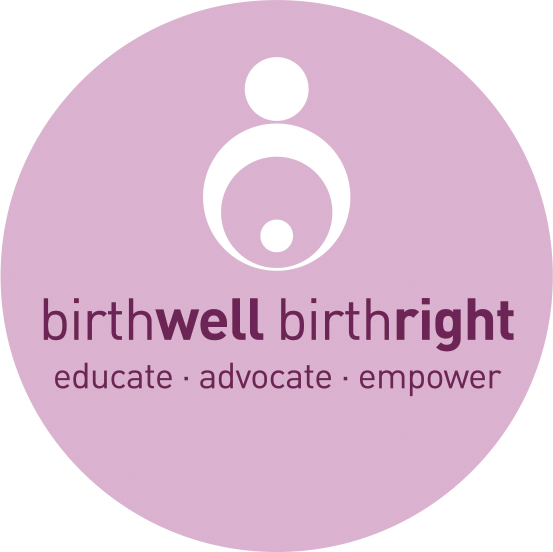Writing a Business Plan
By the end of this course, you should be able to put together what I would call a “business plan shell”. To write a full business plan can take several months and while that might seem a mammoth task, it is something extremely worthwhile to take the time to do properly. There are lots of resources online that can assist you, as well as short courses. You might also be able to speak with a friend or colleague who runs a business and would be willing to share some tips with you. Check out your local council to see what programs and support services they offer for local business owners. Some even have business mentor programs that pair you with an experienced business owner.
A good business plan is an invaluable tool for you as a business owner. It acts as a road map and will help you reach your goals in a structured and strategic way. Lay the groundwork now and reap the benefits in the future.
Your business plan shell
By the end of this course, you should aim to complete your business plan shell, containing the following sections;
- Business overview
- Personal background statement
- Business and Financial Goals & Objectives for the 1st & 2nd year of your business
- Marketing Plan (including SWOT analysis, competitor analysis, marketing & branding strategy for the next 12 months) – * N.B. this is covered in more detail in Module 3 of the course
- Legals & Insurance
- Financial Plan
- Management Plan
- Business Development
There are lots of free business plan templates available online, and you might end up copying and pasting from a few to create a business plan template that works best for you. Personally, I like the template that business.gov.au provides, as they also have lots of additional resources on their site to help to complete your business plan. You can download the template below.
Business overview
Much of your business overview, which will ultimately form the first couple of pages of your total business plan, can only be completed once you have done your entire business plan. It’s a bit like the abstract or summary of a research paper. It’s the highlights of your plan and is traditionally the first thing a bank manager or investor would look at in order to determine if you are good bet as far as loaning money to you.
What is the purpose of the business overview (or executive summary)?
The business overview or executive summary must be clear and concise and has to entice the reader to read the rest of the business plan. For this reason, the executive summary is often called the most important part of the business plan. If it doesn’t do what it’s supposed to do, the business plan will be set aside unread.
The purpose of your business plan is:
To define where you want your business to be within the next two years (and beyond) and how you plan on getting there.
Your business plan is a formal statement of a set of business goals, the reasons why they are believed attainable, and the plan for reaching those goals. It also contains relevant background information about you and your business which provide additional supporting material and information which help inform your business plan and attainable goals.
You should aim to complete each of these sections;
Business name (we will look at business names later on. If you haven’t yet decided on a business name, this is often one of the hardest things to decide upon! Don’t feel you have to come up with a name immediately. Take your time and do your homework.)
Brief description of business (explain products/services offered)
Business location Home-based or operates from commercial premises.
Relevant background /experience
Summary of key market evidence/research findings (this can only be completed at the end)
Chosen target markets (you can only complete this after doing your market research, which will determine the best target markets for you. HINT: Your target market is not “pregnant women.”
SWOT Analysis – Business and Personal (this can only be completed at the end)
Identified Strengths
Identified Weaknesses
Identified competitive advantage:
Overview of marketing strategy to be implemented in first year
Pricing method and break-even (there is a real art to determining your pricing. Again, take your time and do your homework. Your SWOT and Competitor analyses, as well as your financial summaries will really help you to determine an appropriate fee structure for your services and products.)
Financial summaries (again, you can only complete this at the end of your business plan, but you should be able to present financial summary tables like the ones below);

